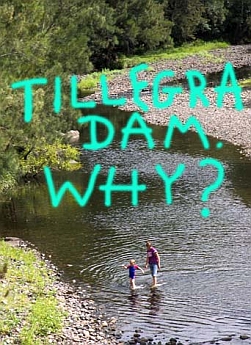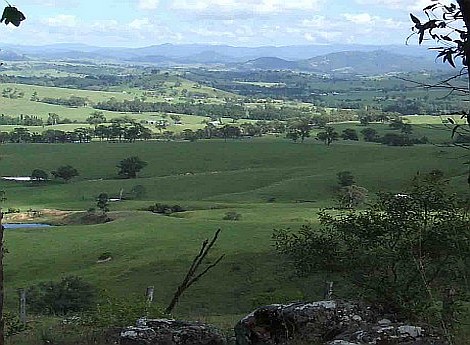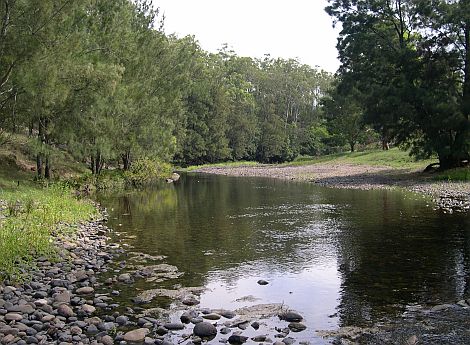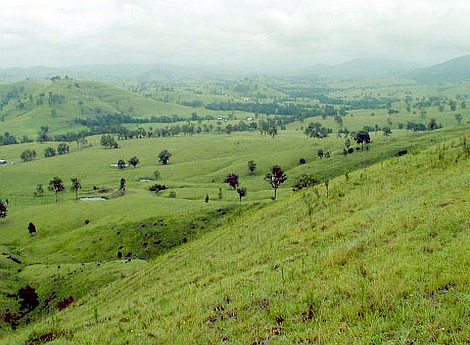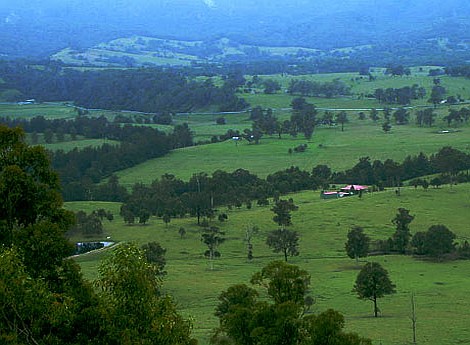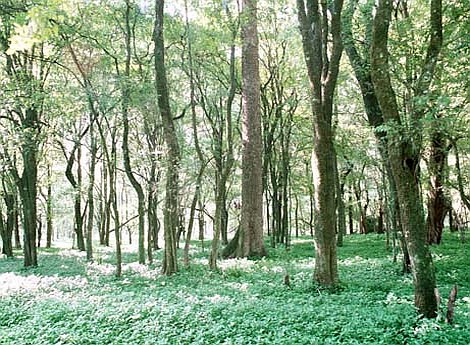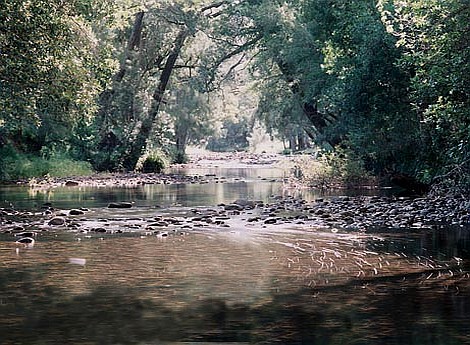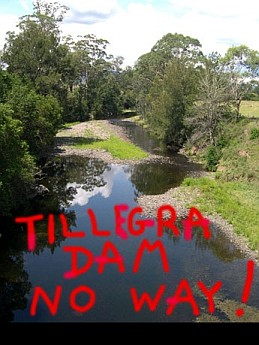Why the wetlands are important
Background
Hunter Water Corporation referred its proposed Tillegra Dam project to the Department of Environment Water Heritage and the Arts in late 2008. This was to see whether the project would trigger the Environmental Protection and Biodiversity Conservation (EPBC) Act (1999).
The project did trigger the EPBC Act (1999) and it has been deemed a “controlled action” by Peter Garrett’s department because of its possible effect on the Hunter Estuary Wetlands, listed under the Ramsar convention as being a wetlands of international significance.
This all means that Peter Garrett has the final say on the proposed Tillegra Dam going ahead and can put conditions on any approval.
In a recent (28/1/2009) Newcastle Herald poll over 90% of the 329 respondents voted for “the wetlands” in the poll question ‘What’s more important: preserving Hunter wetlands or building Tillegra dam to safeguard our water supply?’.
Please read the facts below and write a letter to Minister Garrett. Sample letters can be downloaded from here and another here.
Facts on Wetlands and the Hunter Estuary Wetlands
Please fell free to include some or all of below in your letter to Mr Garrett.
· It is estimated that over 50% of NSW wetlands have been destroyed or highly modified since European settlement
· The Hunter Estuary Wetlands comprise the Kooragang Nature Reserve and the Shortland Wetlands (Wetlands Centre Australia).
· Kooragang is considered one of the most important bird study areas of NSW and is extremely important feeding and roosting site for migratory shorebirds
· Features of these wetlands include a freshwater coastal estuarine mangrove-lined creek (near natural), constructed freshwater lagoons (artificial wetlands), mangrove and salt marsh. All of these features have been given priority under the Ramsar Convention
· At least 38 species of migratory birds sighted at Kooragang and 21 species at Shortland are listed under international treaties
· Kooragang supports 15 species and Shortland 7 species of migratory shorebirds. These birds have also used this site during a critical seasonal stage in their breeding cycle
· The Hunter Estuary Wetlands have been an important refuge site during times of inland drought
· Hydraulic stress, due to reduced flooding, altered hydrological regimes and reduced water supply, is thought to be the key threat to most marine/inland wetlands in Australia. Hunter Estuary Wetlands is in this category.
· The Williams River , along with the Paterson make up 40% of the flows of the Hunter River.
· Aquatic ecologist, Dr Keith Bishop reports that the flows from the Williams are particularly important during drought periods (times of low freshwater flows) to help mitigate salt intrusion.
· There has been little research on the cumulative effect caused by the proposed dam in conjunction with the already large extractions made by Hunter Water at Jerrys Plains and Seaham.
· The water requirements at the Hunter Estuary Wetlands are unknown at present. This must be fully investigated before any decision which would so drastically alter natural flows is taken. The precautionary principle must be applied – Where there are threats of serious or irreversible environmental damage, lack of full scientific certainty should not be used as a reason for postponing measures to prevent environmental degradation.
· Minister Garrett and his Government made a commitment to protect Australia’s Ramsar wetlands after the “poor administration and inaction of the previous government”- 2nd February 2009 media release in response to the Snapshot Report on our Ramsar Wetlands.
